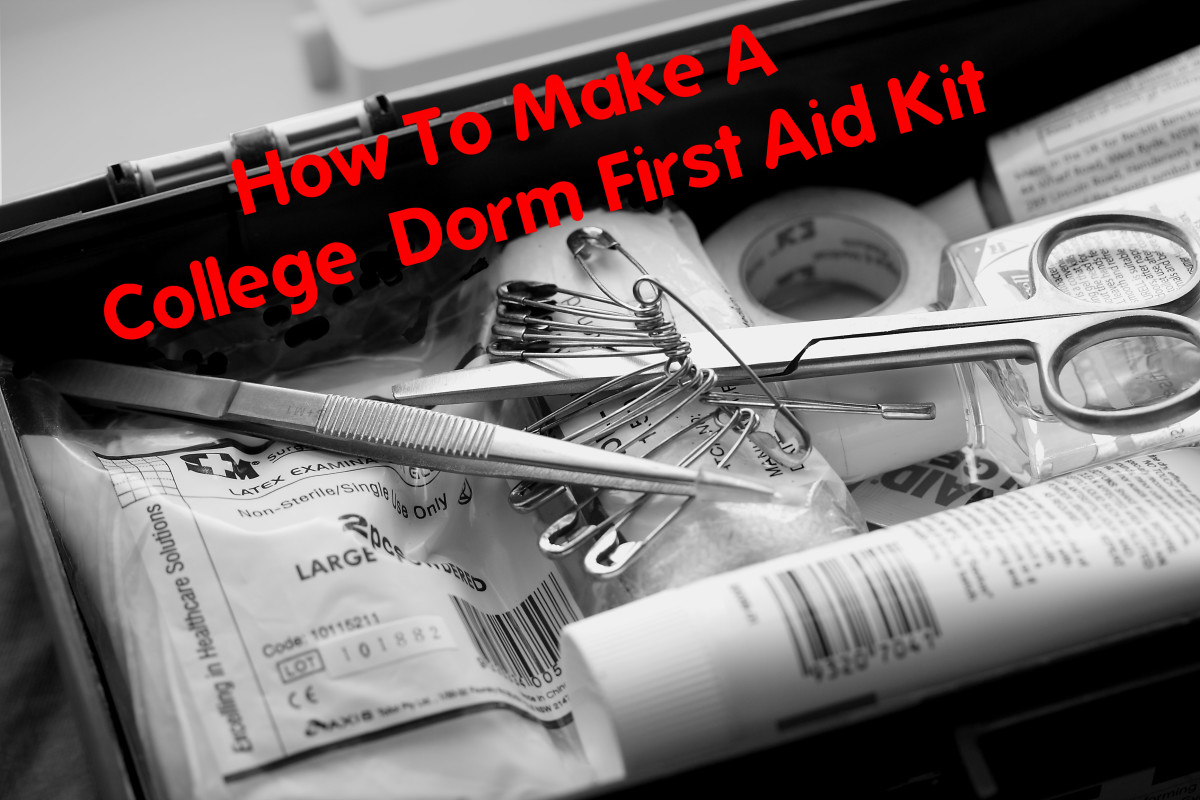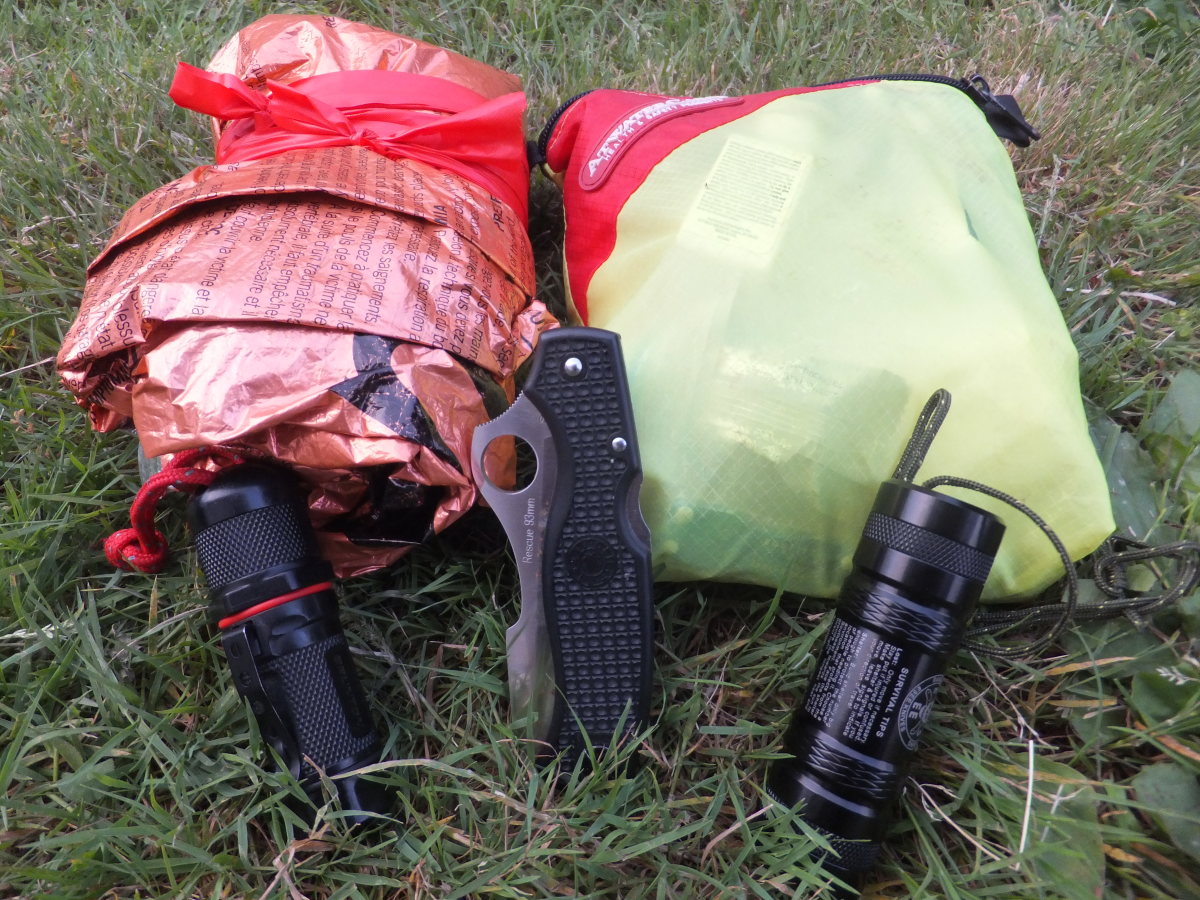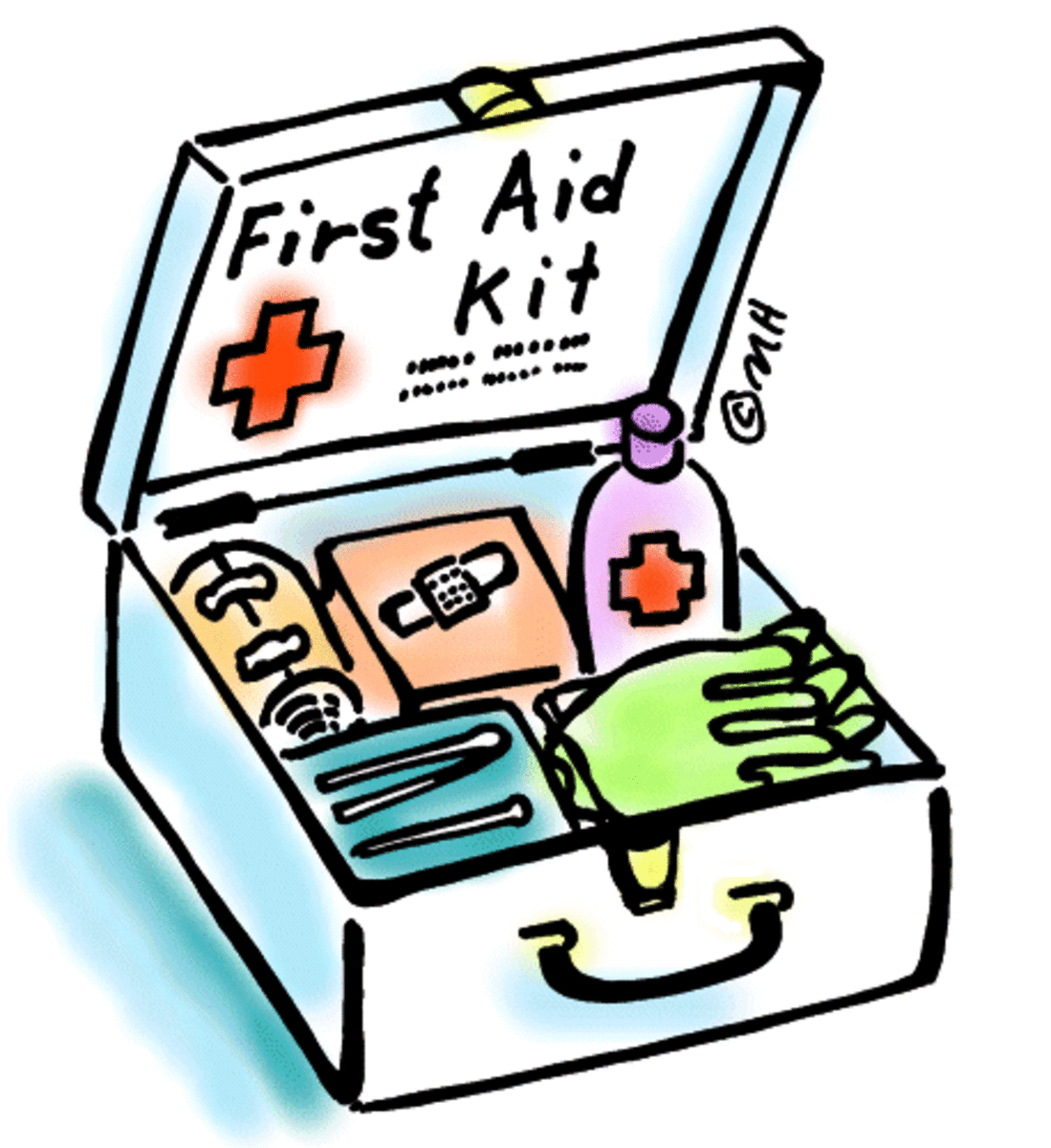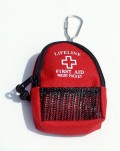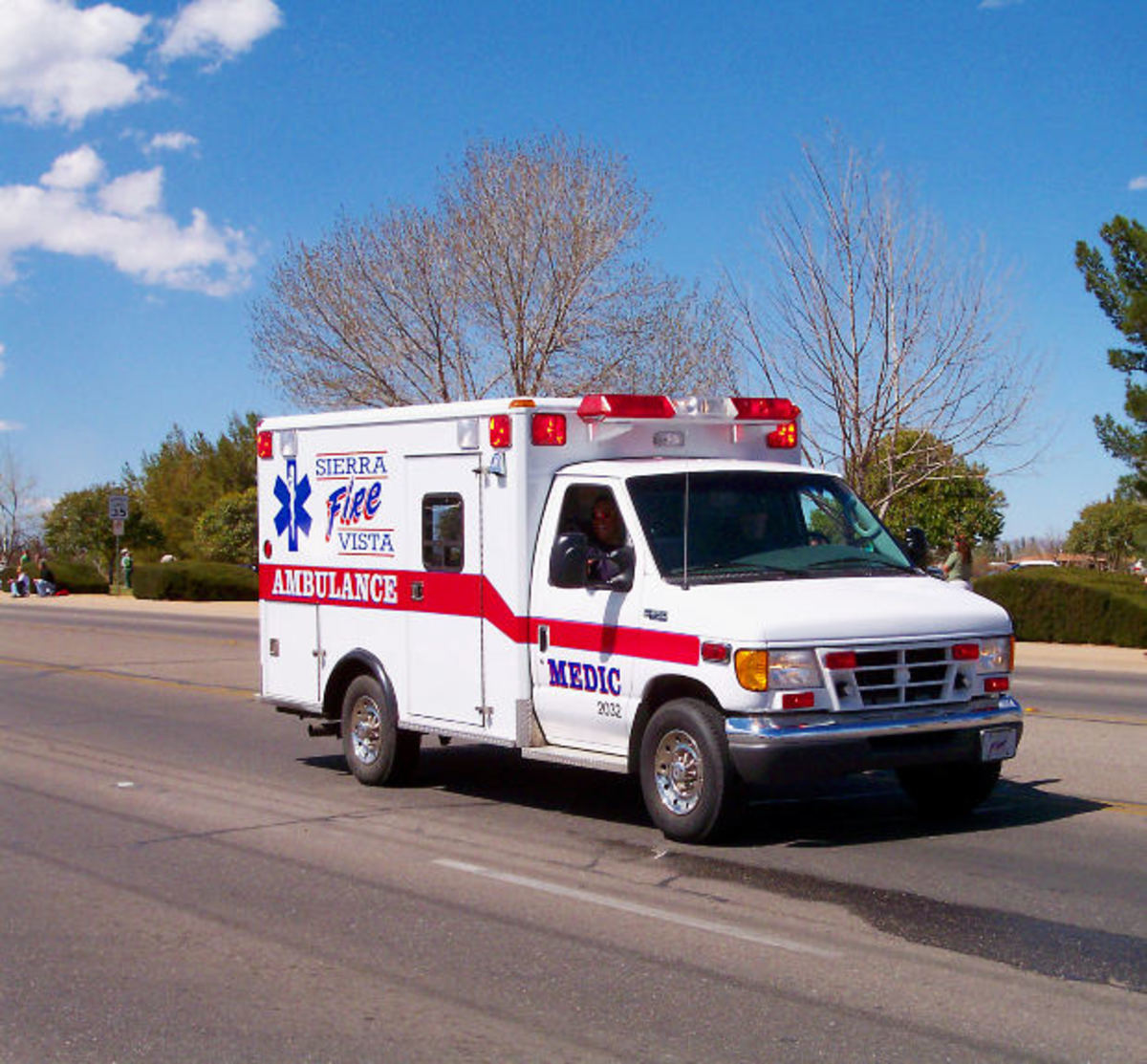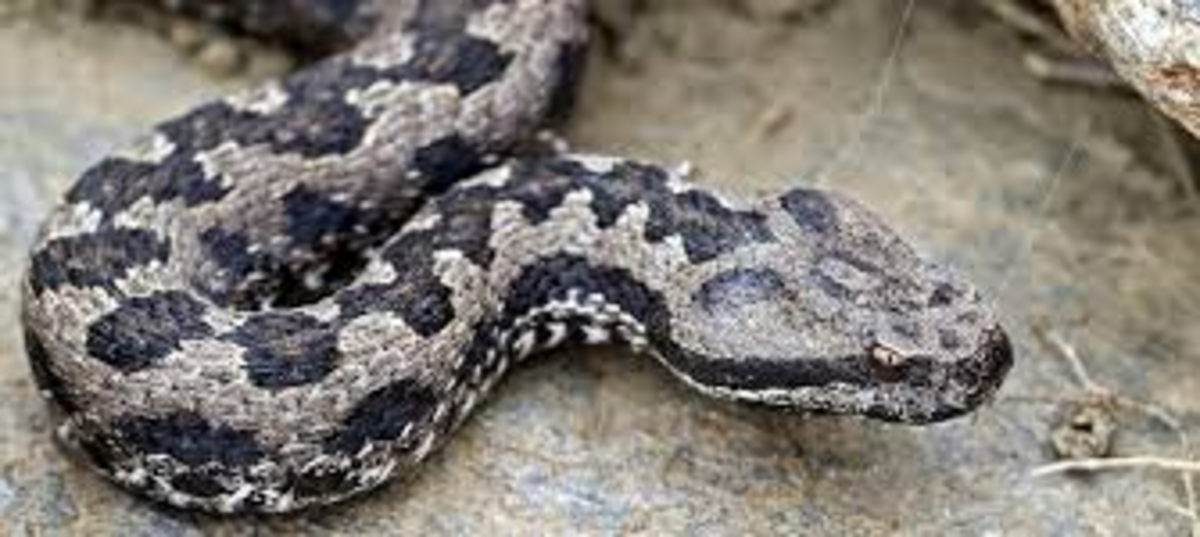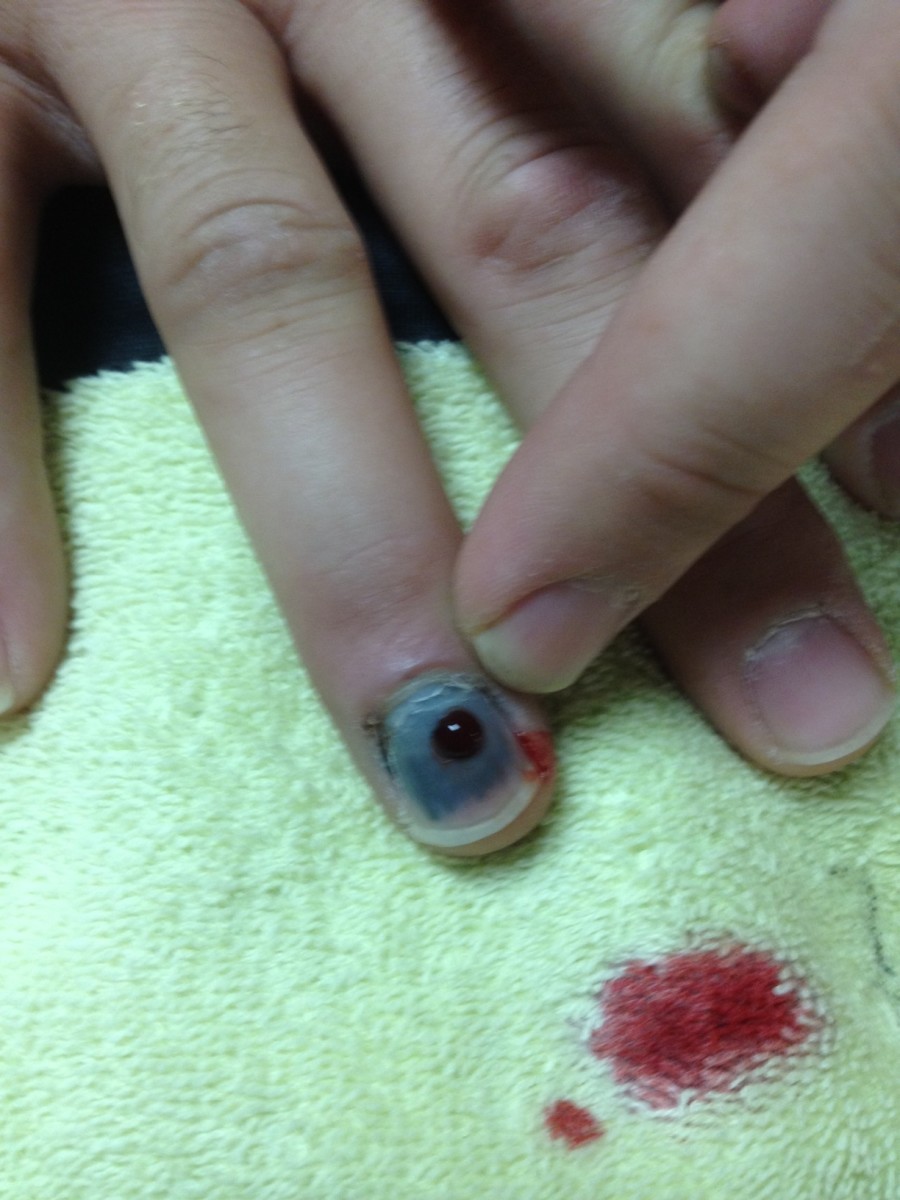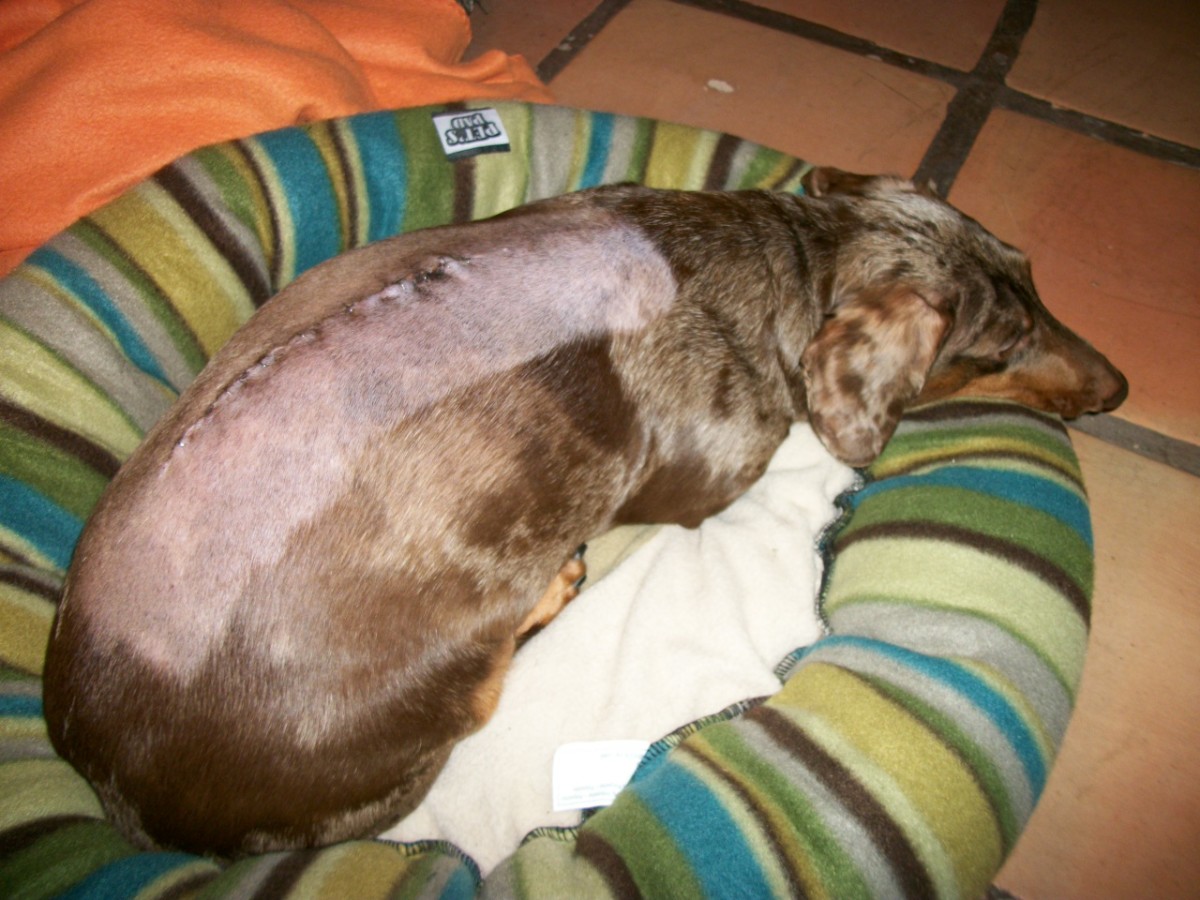Checklist for an Outdoors First Aid Kit
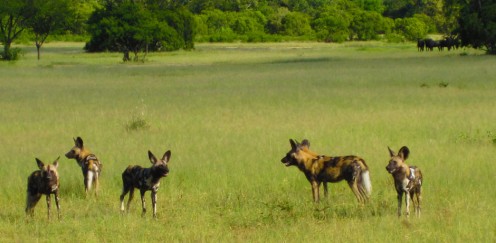

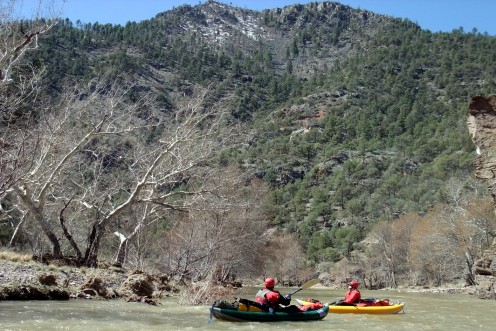
First Aid Basics for Wilderness Survival
I have had first aid training - and we love the bush. Living in Africa we don't have much knowledge about snow and the hazards therein when out in the wilderness. However, we do have mountains, rivers, sea, desert and full on bush wilderness!
There will always be someone who will wander out into the wilds totally unprepared and get into trouble. Others will prepare well, but accidents happen and an adventure becomes scary or life-threatening. Floods can carry away more than just debris, and they arrive with a fury or quietly creep up during the night.
The list of scenarios goes on - avalanches, climbing accidents, forest fires, an unhappy encounter with an annoyed wild animal. Remember it can be you, or a member of your family - be prepared and let someone responsible know where you are going and when you will be back.
THE SURVIVAL RULE OF THREE :
You cannot survive for more than 3 minutes without air.
In extreme weather you cannot survive for 3 hours without shelter.
You cannot survive for more than 3 days without water.
You cannot survive for more than 3 weeks without food
The first thing to remember when planning a medical wilderness first aid kit is that it is most unlikely that the ambulance will be pulling up to take the patient to a nearby hospital or clinic. This is where the thinking and training will have to differ to that given on First Aid Courses.
In fact, it is not first aid, it is, depending where you are, the first and only medical aid the patient will see for some time, and herein lies the difference, you are the wilderness first responder.
Traditional first aid procedures involves stabilisation, reassurance of the patient while waiting for removal to hospital. Now the aid has to last the duration until you are out of the wilderness. It may be termed survivalist medicine, if evacuation is not going to arrive timeously or in the foreseeable future.
If you do take a first aid course , ask the Instructor the necessary questions to help you when you have a wilderness emergency, such as “...and if medical help does not arrive or cannot arrive, what do I need to do?”
St. John's Ambulance run a Wilderness First Aid Training course which complements any wilderness survival course you may have taken - contact them for further information.
Please do not take field surgical equipment along that you do not know how to use, it can become lethal in the wrong hands. Stitching up a wound is not easy, and you could be ensuring the infection is sewn into the patient as the area is not exactly sterile. Take a medical staple gun if you think it necessary, know how to use it, as it is also far less painful for the patient! Please remember, it is still better to clean and dress the wound at least twice per day and let the body's natural abilities take over.
Wilderness Medical Aid Kits
What should be in a Wilderness First Aid Kit?
This is a basic list , depending upon where you intend being may necessitate a different set of requirements. Will you be mountaineering, hiking in the bush, will it be cold or hot, is there a likelihood of extreme weather changes? Will you be in desert conditions, or involved with the sea and likely to have marine injuries, stings or penetration of fishing hooks, etc that may need a small wire cutter? You are not likely to take medical ice bags with you while climbing a snow covered mountain, nor frostbite, altitude sickness medication with you into the desert.
The best part of your medical kit is your brain!
- Plasters, gauze, non-adhesive dressings, cotton pads, bandages triangular x 2, crepe bandages narrow and wide.
- Safety pins, antiseptic cream, saline solution, waterless hand wash, latex gloves, emergency blanket, 2 x thick plastic bags (hypothermia), irrigation syringe.
- Bite and sting gel, tweezers, excellent scissors, splint, eye wash cup.
- Snake bite kit - which must contain a Sawyer extractor kit, in order to be useful if you are in an area with venomous snakes.
- Paracetamol, ibuprofen for sprains etc, cough medicine, antihistamines.
- Burns kit, diarrhea tablets, water purification tablets, electrolyte or salt tablets.
- Heartburn / indigestion pills and something mild for constipation if anyone in your party is likely to be affected by these last two problems.
- Prescription medicine for anyone in the group that may need it. Extra Asthma inhaler, epipen for severe allergies and most definitely antibiotics.
- CPR - read the latest update on CPR from the American Heart Association. SEE LINK BELOW
Cpr - Save a Life
SHOCK
• Signs of shock are: The skin becomes sweaty, cold and clammy, pulse is weak and rapid, pupils can become dilated (large), nausea, thirst. Breathing may be slow and shallow, or rapid and deep, patient may faint.
• Treating Shock: Do Not let the casualty move unnecessarily, eat or drink. Lay the casualty down and elevate the legs presuming there is no fracture. Loosen all constricting clothing around the neck, chest and waist, insulate the person from cold both above and below body.
• Reassure the patient. The patient may become restless or aggressive - in which case remain calm, reassure the patient and explain the necessity for them to lie down. If severe head or chest injuries elevate the chest and head area. Should there be chest injuries, elevate the injured side, to assist the uninjured lung to function.
Hypothermia:
• Involves body coldness due to wet and/or windy weather and cold that will chill the body much faster it can produce heat. A lack of proper or extra clothing and not enough energy food will speed up the exposure sickness, which generally occurs in temperatures of less than 10 Deg.C.
• Symptoms are:
• Numbness, Shivering, cannot think clearly, muscles begin to stiffen and become uncoordinated, skin becomes blue.
• Treatment must be quick. If possible move out of the elements to a sheltered area. Remove any wet clothing and replace with dry clothes and if possible put the patient into a sleeping bag. Do whatever necessary to warm the person quickly.
• Possibly another person in the sleeping bag, or hold the patient in the sleeping bag, add warmed rocks, give them a warm, non alcoholic drink.
• Help the patient to breathe warm air by breathing near the patient’s mouth and nose or cup warmed hands around the nose and mouth.
Hyperthermia:
• Involves too much body heat, caused by air temperature, badly ventilated clothing, lack of fitness or being overweight. On a hot day wear cool, loose clothing, a hat, drinks plenty of water and take salt tablets to avoid heat exhaustion, or more seriously heat stroke.
• Symptoms may include clammy skin, lack of perspiration, a hot flushed face, rapid pulse, disorientation or aggression may occur.
• Cool the patient quickly, ensuring that the head, neck and chest is cooled as quickly as possible. If the temperature continues to rise, place the victim, if possible, in an iced bath or cold water such as river, to try to bring down temperature.
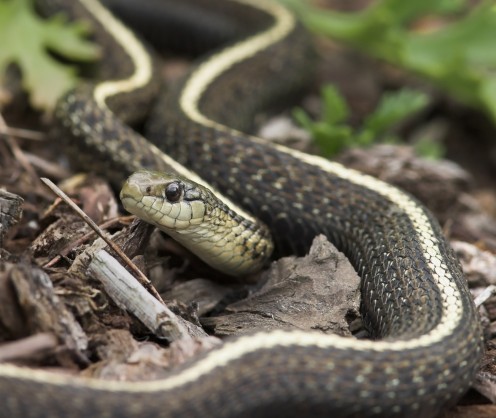
SNAKE BITE
Most snakes are passive, docile creatures and would rather move away than attack humans. 99% of all snake bite victims live to tell the tale including bites by the most venomous of snakes.
The victim needs to remain calm and seek immediate medical attention. If you have a 'strike and release' bite but don't see the snake, it is likely to be an adder.
If no immediate medical attention is available do the following:
Stay calm, relax and breathe gently.
Keep drinking fluid, but not if you have problems swallowing.
Apply a sterile dressing to wound
DO NOT try to suck the venom out, unless you have the correct kit - Sawyer extractor kit - NEVER use your mouth.
DO NOT squeeze the bite
DO NOT apply a bandage opt tourniquet.
Panic sends the venom faster through the bloodstream leading to a more severe condition. In the event of an encounter with a spitting cobra that sprays venom into the victim's eyes with great accuracy, rinse the eyes with water and keep rinsing for 20 minutes. You may use milk or even fruit juice as an alternative. Do not rub the eyes.
Notes:
Snakes control the amount of venom they pump into you, so a small does is unlikely to prove fatal. It is thought that young, small snakes will pump in more venom as they panic when cornered.
Remember please that a large part of surviving venomous snake bites is in the mind, keep calm, breathe slowly and keep your heart rate low and relaxed.
You will live to tell the tale!
Finally, if you are going into the wilderness please always ensure people know your route, and when you expect to be back. Check on what type of plants, animals etc are in the area in order that you may take specific medication to treat any possible mishaps.
First Aid Manuals
First Aid Procedures
Basic First Aid procedures follow these steps:
• Assess the situation - are you safe, is the injured person safe. Make the surrounding area safe before helping anyone. Only move the injured if the area is unsafe and if possible once you are sure of the extent of the injuries.
• If you do not know, ask what happened from the patient or anyone else around. It will help you to know what to look for and if anything else could happen.
• Stay calm and keep reassuring your patient - it is essential that the patient remains calm and still until the extent of the injuries are assessed.
• After the initial safety assessment, the first thing to check is that the patient is breathing and conscious. Check the tongue is not blocking the airway, this is most common on unconscious patients. Head tilt, chin lift should move the tongue from the airway. Start mouth to mouth immediately should the person not be breathing.
• Next check for bleeding, and stop any bleeding. Squeeze the sides of the wound together and apply direct pressure to the wound with a sterile dressing or article of clean clothing.
Lie the casualty down and elevate the bleeding limb above the heart to slow bleeding. Pad the wound, if there is penetration or something is sticking out - do not remove it, pad around it. Ensure that when bandaging, blood flow is unrestricted, and keep checking this until medical help arrives.
• Check for fractures or injuries to the spine, head or neck. Check the eyes, dilated pupils (bigger than normal for the light conditions) or uneven pupils can signify head or spinal trauma. Seek medical help urgently.
• Keep calm, and reassure your patient, keeping a sharp eye on signs of shock. Shock can be a killer no matter how small the injury, and bleeding, fear, cold and pain will intensify the shock.



